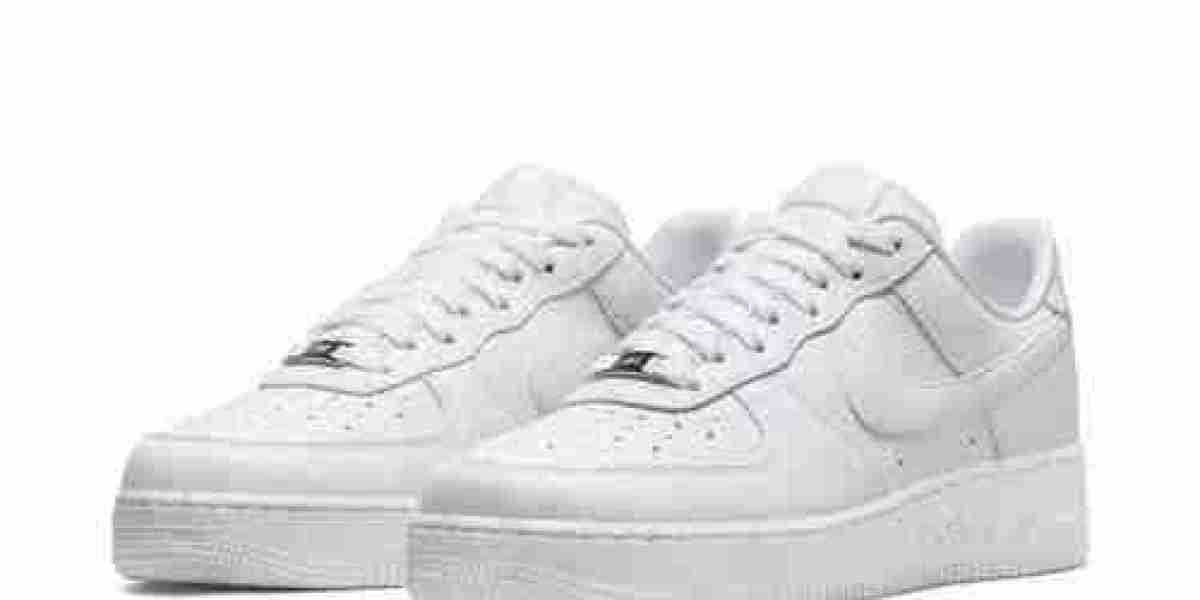Introduction:
The global disposable contact lenses market has been experiencing significant growth due to advancements in lens technology, rising eye disorders, and increasing consumer preference for convenience. Disposable contact lenses, designed for short-term use, offer hygiene benefits, reduced maintenance, and improved comfort compared to traditional lenses. This report examines market trends, key drivers, challenges, and future prospects of the industry.

Market Overview:
Disposable contact lenses are available in various forms, including daily, weekly, and monthly replacement lenses. These products cater to different consumer preferences, offering flexibility and convenience. The market is driven by a growing population with vision impairments, increasing adoption of soft contact lenses, and a surge in demand for aesthetic lenses. The market size has expanded steadily, with North America and Europe leading in revenue share, while the Asia-Pacific region is witnessing rapid growth due to rising disposable incomes and urbanization.
Key Market Drivers:
1. Increasing Prevalence of Vision Disorders,
The growing incidence of myopia, hyperopia, astigmatism, and presbyopia is a significant factor driving the demand for disposable contact lenses. According to the World Health Organization (WHO), nearly 2.2 billion people globally have vision impairment, boosting the need for corrective lenses.
2. Technological Advancements,
Innovations in contact lens materials, including silicone hydrogel lenses, have enhanced oxygen permeability, reducing eye dryness and increasing comfort. Additionally, developments such as UV protection, blue-light filtering, and smart contact lenses with augmented reality (AR) features are shaping the market’s future.
3. Convenience and Hygiene Benefits,
Disposable lenses minimize the risks of infections caused by prolonged lens use. Daily disposable lenses, in particular, offer superior hygiene and eliminate the need for cleaning solutions, making them an attractive choice for users with active lifestyles.
4. Rising Adoption of Aesthetic Lenses,
Colored and cosmetic lenses have gained popularity among fashion-conscious consumers. Many users opt for disposable colored lenses for occasional wear, further driving demand.
Market Challenges:
1. High Costs Compared to Traditional Lenses,
Despite their benefits, disposable lenses are relatively more expensive than traditional, long-term use lenses. The recurring cost of purchasing new lenses regularly may deter price-sensitive consumers.
2. Environmental Concerns,
The disposal of plastic-based lenses contributes to environmental pollution. Efforts are being made by manufacturers to develop biodegradable or recyclable lens materials, but sustainable options remain limited.
3. Availability of Alternatives,
The increasing popularity of laser eye surgery and long-term corrective solutions such as orthokeratology (Ortho-K) may limit market growth, as consumers seek permanent vision correction methods instead of disposable lenses.
Regional Analysis:
1. North America,
North America holds a significant share of the disposable contact lenses market due to high awareness, advanced healthcare infrastructure, and the strong presence of key manufacturers. The U.S. dominates the regional market, with increasing adoption among younger populations.
2. Europe,
Europe follows closely, driven by a growing aging population requiring vision correction and increased usage of aesthetic lenses. Countries like Germany, France, and the UK contribute significantly to regional growth.
3. Asia-Pacific,
The Asia-Pacific region is experiencing the fastest growth, fueled by urbanization, rising disposable incomes, and a surge in myopia cases among young individuals. Countries like China, Japan, and India present lucrative opportunities for market expansion.
4. Rest of the World,
Latin America, the Middle East, and Africa are emerging markets with potential growth, though limited awareness and lower affordability hinder rapid expansion.
Competitive Landscape:
The disposable contact lenses market is highly competitive, with key players continuously innovating and expanding their product portfolios. Major companies include:
Johnson & Johnson Vision Care
Alcon
Bausch + Lomb
CooperVision
Menicon
These companies invest in research and development, mergers, acquisitions, and marketing strategies to strengthen their market position.
Future Outlook:
The disposable contact lenses market is expected to continue its upward trajectory, driven by technological advancements, increasing awareness, and growing demand for convenient eye care solutions. Sustainability initiatives and the development of eco-friendly lens materials will play a crucial role in addressing environmental concerns. Furthermore, digital innovations such as smart lenses equipped with health-monitoring capabilities are set to revolutionize the industry.

Conclusion:
The disposable contact lenses market is poised for significant growth, backed by increasing vision disorders, product innovations, and rising consumer demand for convenience. However, challenges such as high costs and environmental concerns need to be addressed for sustainable market expansion. With ongoing advancements and strategic industry efforts, the sector is expected to witness continued progress in the coming years.




